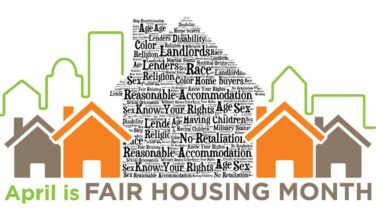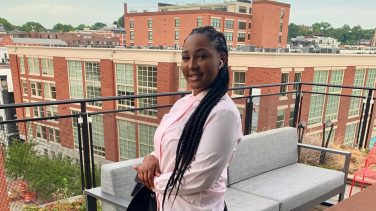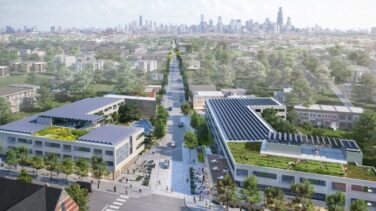NIMBYs is often used as an absolute term. You’re either a NIMBY, fundamentally opposed to all development, or you’re a YIMBY. But like most things in life, NIMBYism is a spectrum.
Yes, there are people who stand in opposition to any change in their community, but most just want a voice about how their communities evolve.

At coUrbanize, we believe that developers and planners have a responsibility to seek out community feedback, welcoming being open to people’s ideas and empathic to their (reasonable) concerns.
So who’s really a NIMBY? Fewer people than you may think, according to a survey we conducted earlier this year. We wanted to understand what people actually think of development in the context of their communities. What positive and negative impacts did development bring to their neighborhoods? And, do those opinions differ based on variables like age, household income, and the type of community where respondents live?
The findings revealed a belief we had long held – that the majority community members aren’t outright opposed to development, but they support certain types of development and want a say in what’s happening in their communities. Here’s what we found out.
People Understand the Value of Development
Of those surveyed, only 17.61% felt that new real estate development did not positively impact their community in any way. And nearly 84% of respondents could cite at least one benefit of new development.
This 84% – an overwhelming majority – understand that development can provide benefits to the community. The key to overcoming NIMBYism is to create an effective community engagement strategy that includes these voices. The local community can provide vital local knowledge and have unique experiences and perspectives that make them best-suited for helping to shape the development. Not only will crowdsourcing ideas and comments from the community help to prevent opposition and costly delays, but you’ll also build a better project.
Nearly half (49.39%) of respondents consider themselves pro-development. 27.77% were undecided as to how they felt about development. For that 27.77%, how they feel about a development is likely to be largely influenced by what the development is. This presents an opportunity for developments to engage who could be silent supporters for projects.
What Does This Mean?
A large contingent of any neighborhood is likely to support new development when they can see how it benefits their community. To leverage these silent supporters, craft a community engagement strategy that allows community stakeholders to actually contribute to project plans and ideas.
Neighbors offer vital community knowledge that no outsider can provide, and this information is important to consider when crafting your development. What’s negotiable? What does the community need?
Putting our Findings in Action
One of the best ways to tackle NIMBYism is through providing an inclusive forum for community members to express their concerns and ask their questions. Then, through meaningful and productive dialogue, project teams can answer some questions and dispel misconceptions. We find that often NIMBYism is rooted in misconceptions about what new developments will do to property values and crime in their neighborhood – and sharing supporting research or a study can help quell these unwarranted fears.
By giving community stakeholders a platform to ask questions, share ideas, and voice concerns, you’ll gather community support and build a better project.
To learn more about how coUrbanize can help your team engage your silent supporters, email us at sales@courbanize.com or request a demo.


